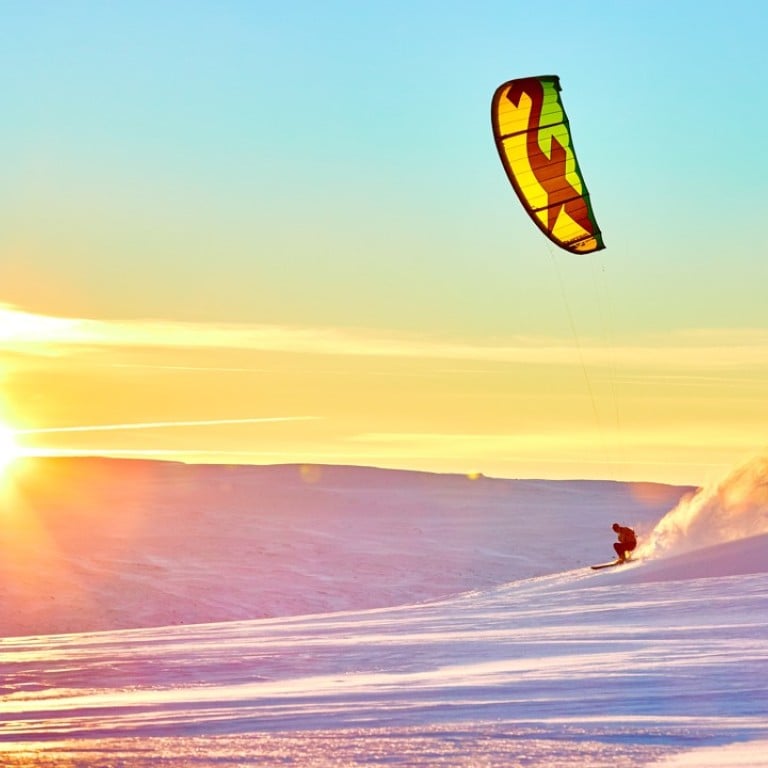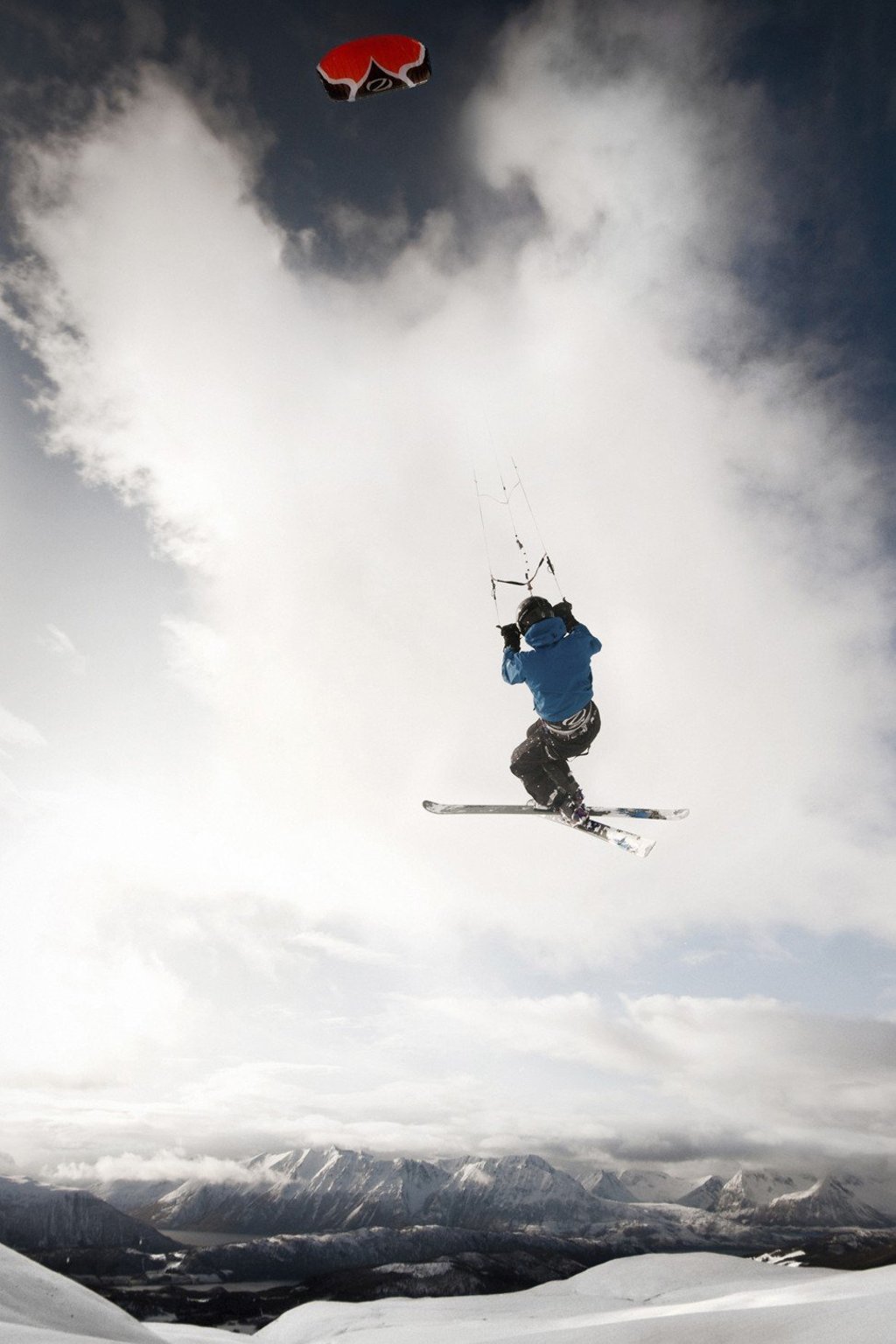Snowkiting is a thrilling sport that’s gaining popularity

The high-octane pastime involves a foil or inflatable kite, harnessing the wind’s power to tow somebody who is on either skis or a snowboard
A bright object hovers and drifts on a wispy cloud-filled horizon, like a lackadaisical butterfly. It’s pulling along Bjørn Kaupang, who is traversing the stark but beautiful panoply of whiteness that is the Hardangervidda mountain plateau in central Norway.
If exclusiveness is a form of luxury, nothing’s more of a treat than taking snowkiting lessons with this gregarious, 30-something Scandinavian, because he is the six-time world champion (in freestyle). And, as we’re in the region where The Empire Strikes Back (1980) was filmed, it’s fair to say that during my two-day initiation into this uber-trendy sport, he is my Yoda.
“Basically, this pursuit involves a foil or inflatable kite harnessing the wind’s power to tow somebody who is on either skis or a snowboard across, down or even up a snow-covered area,” Kaupang says.
When I first heard about this thrilling recreation, I believed it was something that could only be the preserve of experts; yet even someone like me, who’s pretty uncoordinated and hasn’t skied for over a decade (or ever snowboarded), can master the technique of flying the different-sized kites – 2m2 to 8m2 – and utilising their power to gain traction.
“Snowkiting is for almost everyone,” Kaupang says. “If you’re physically fit and a relatively competent skier or snowboarder, we’ll probably have you whizzing along in no time.”
On my second day, I went over 150 metres on a couple of occasions, and reached speeds of up to 30km/h.
Maybe the ease with which this activity can be learned and the fact that the equipment has evolved – improvements in terms of safety include a quick-release system and greater kite stability – are some of the reasons why it has exploded in the last decade.


